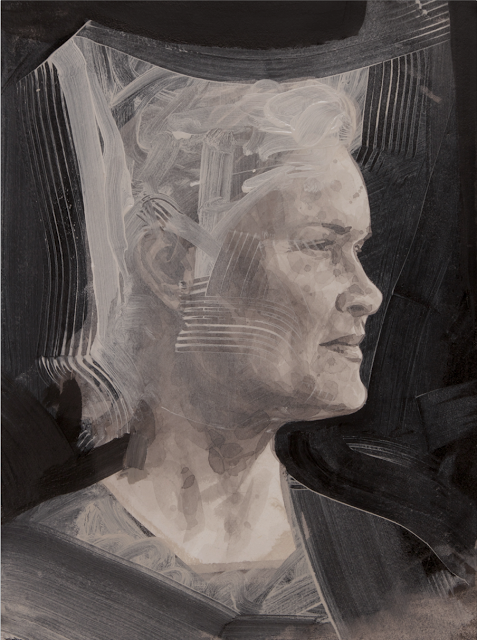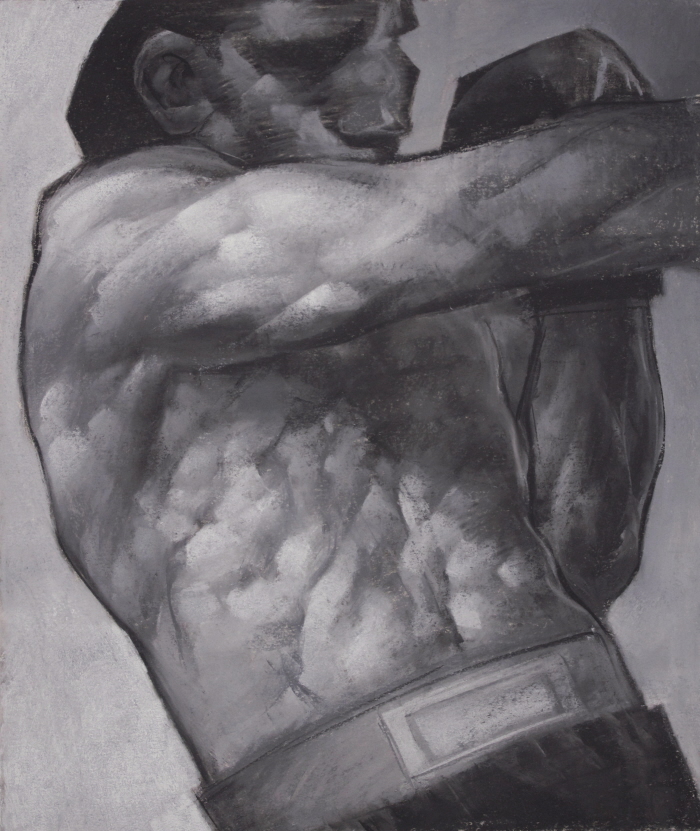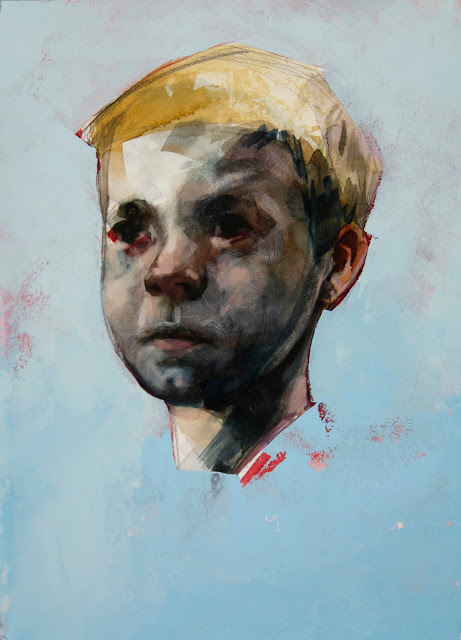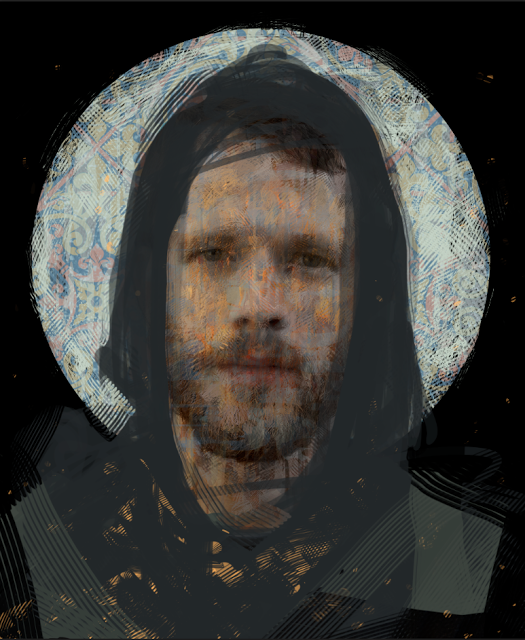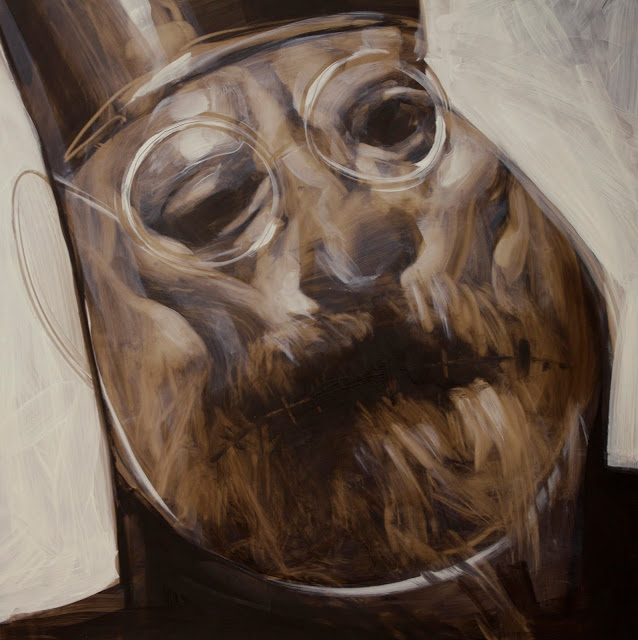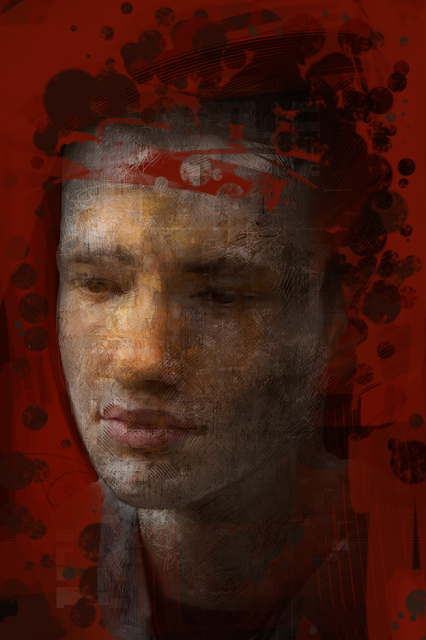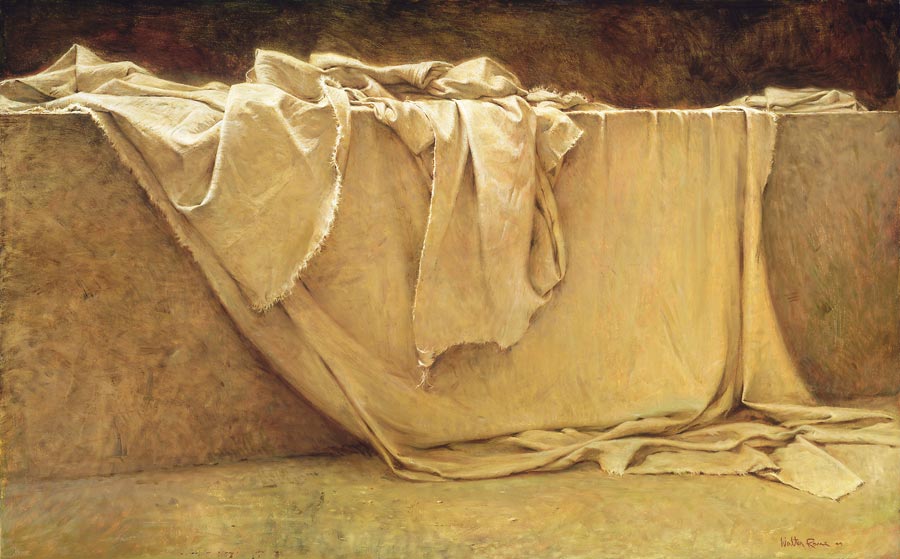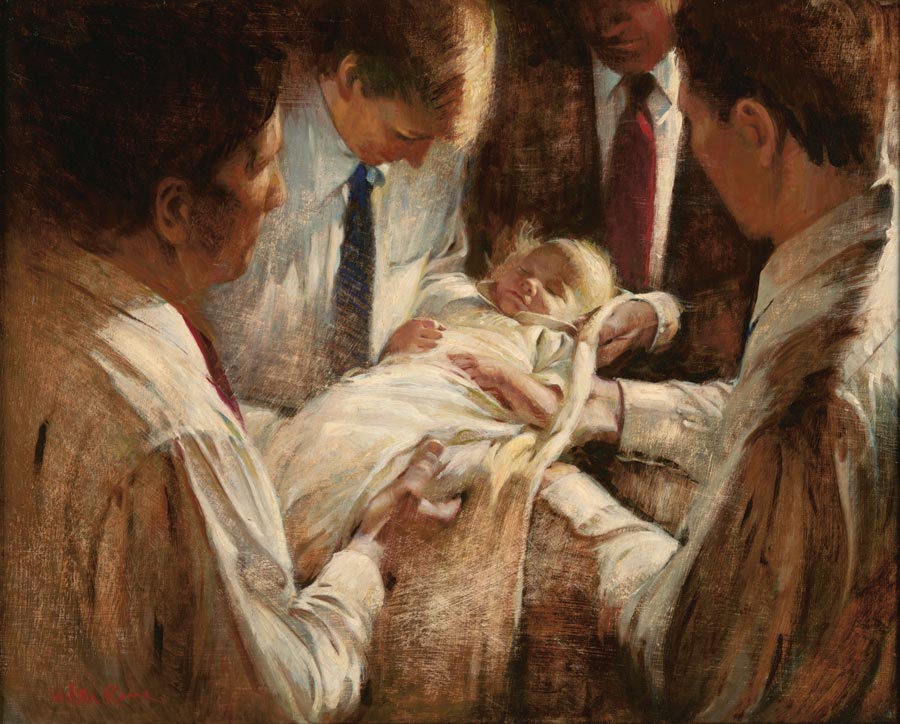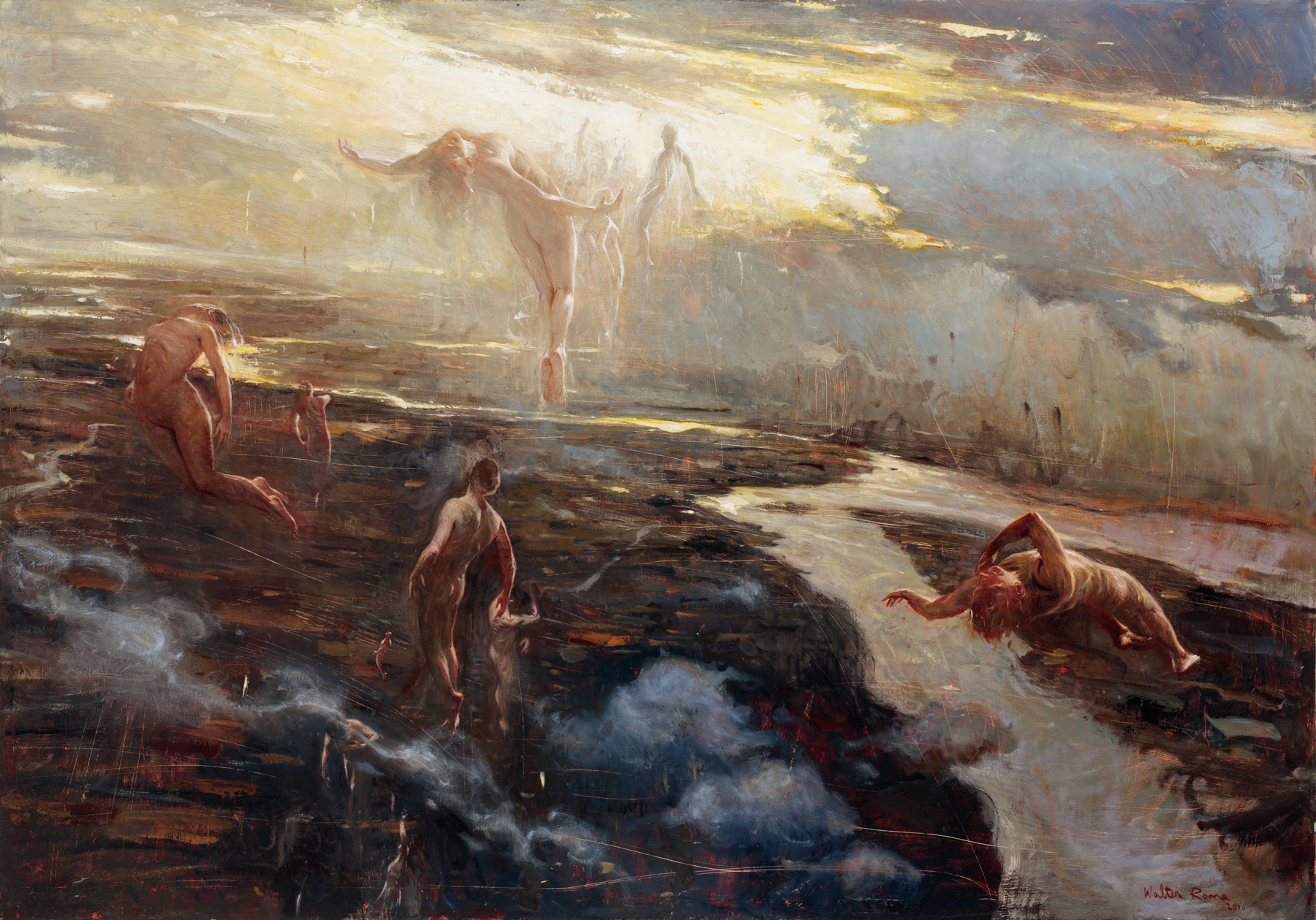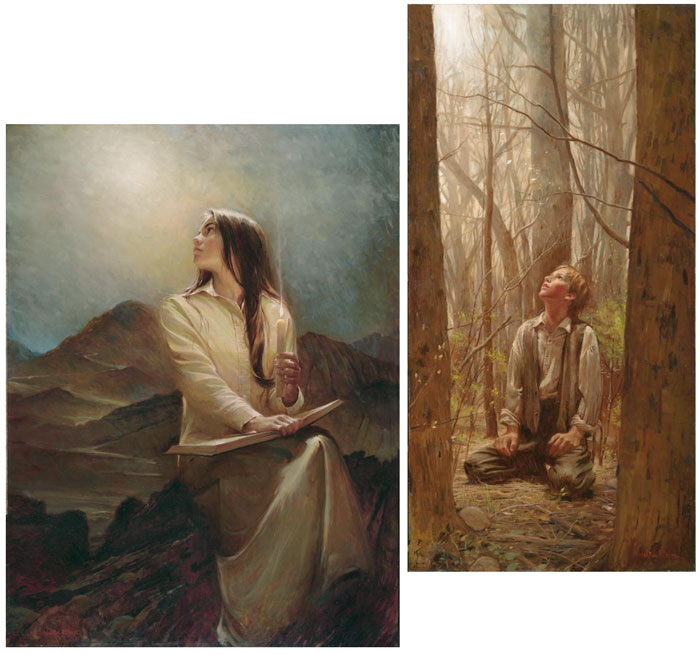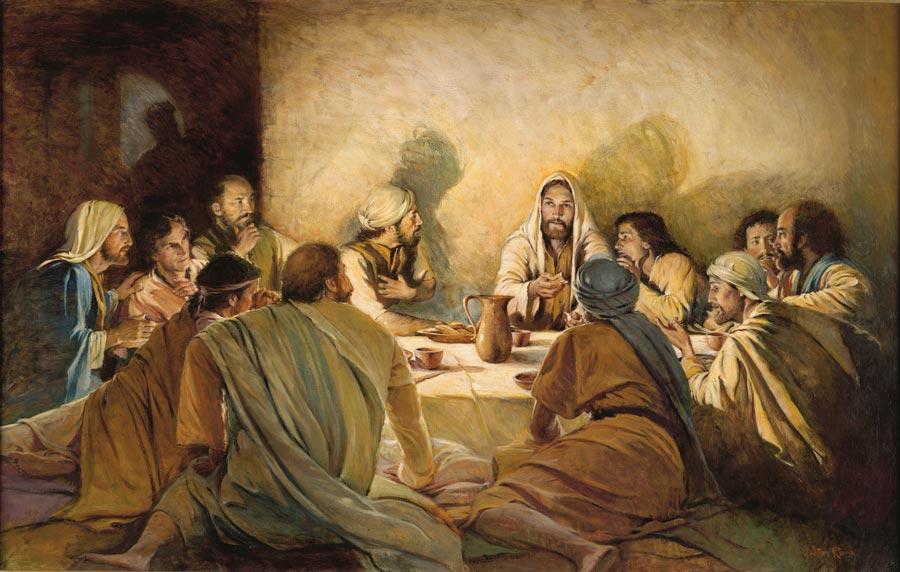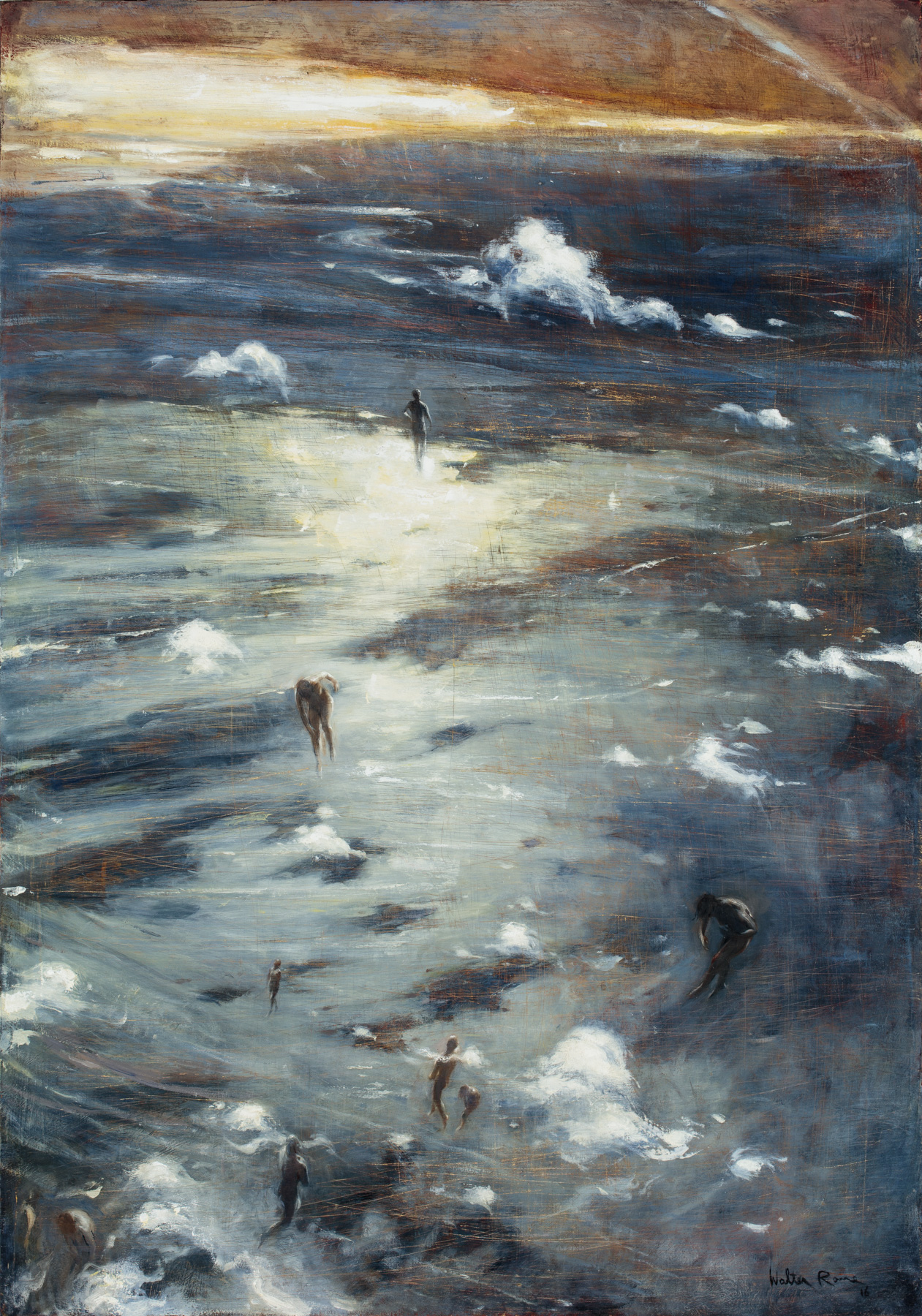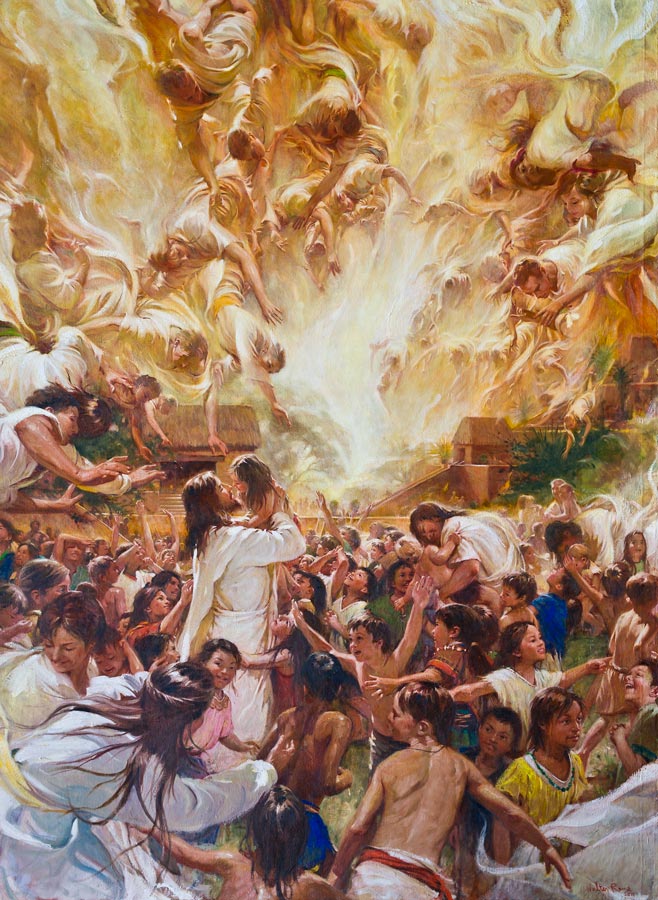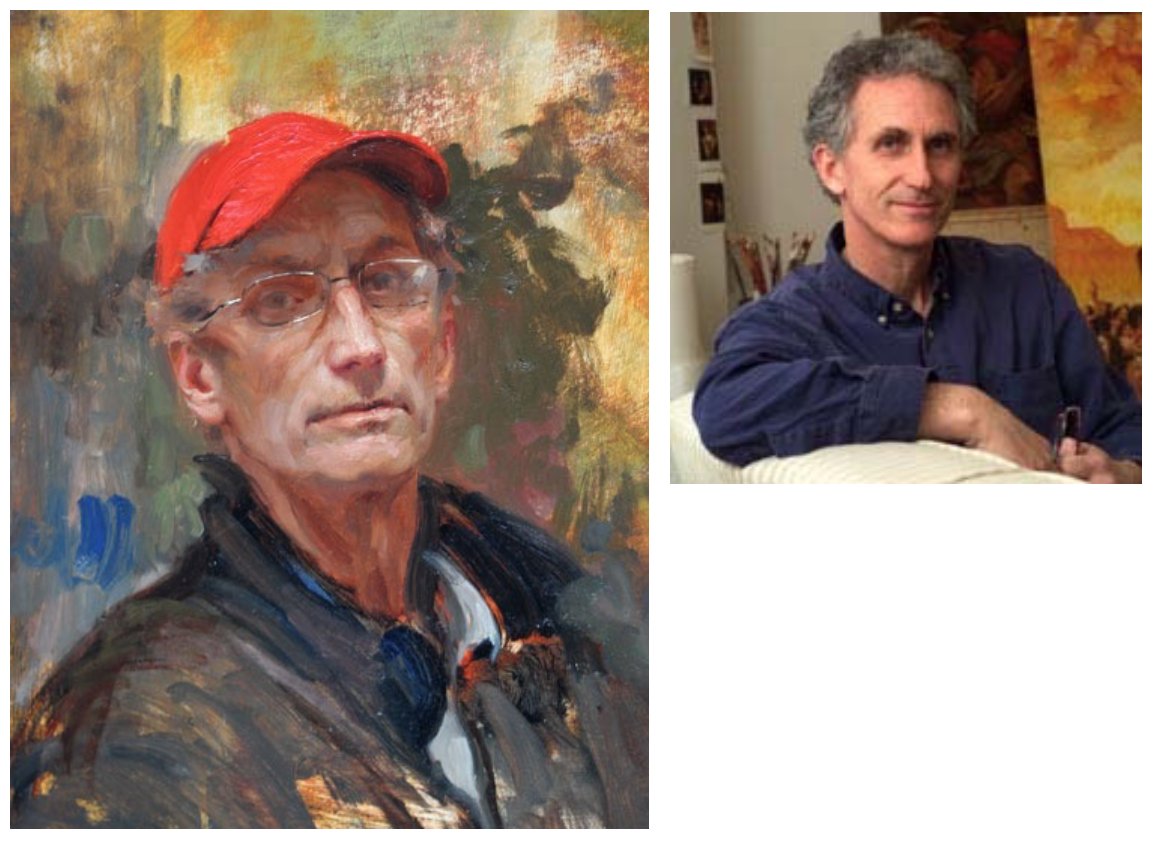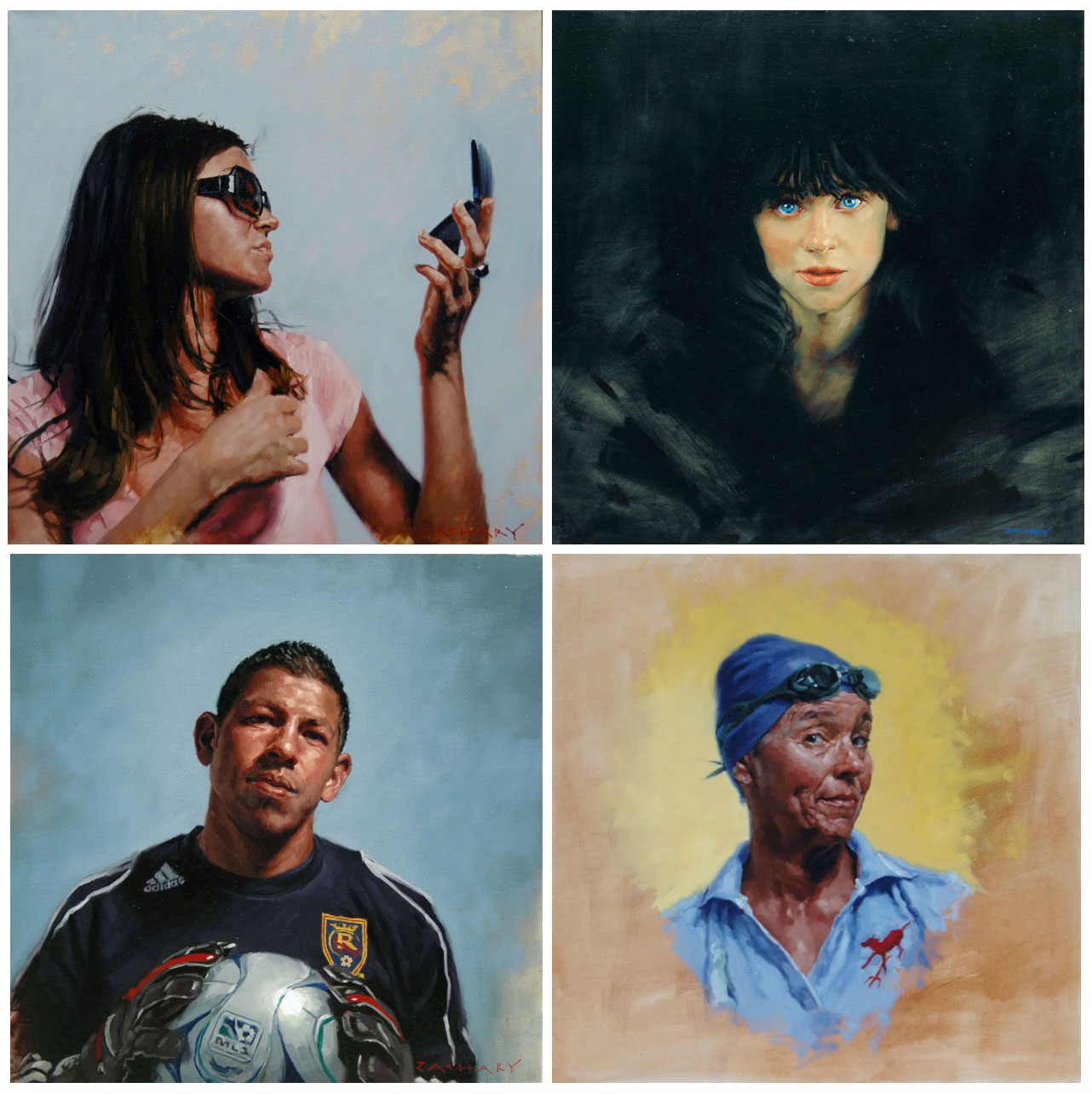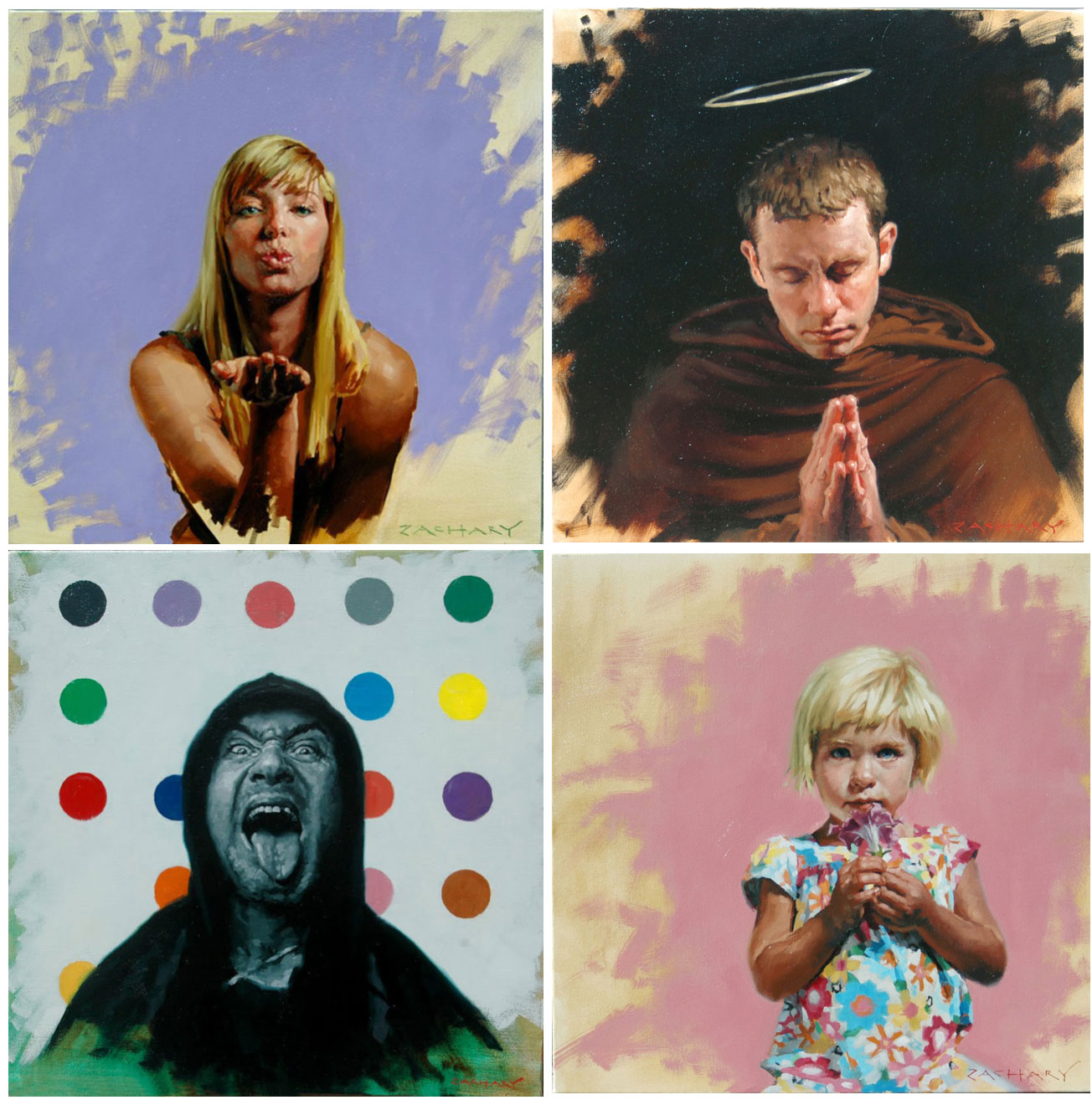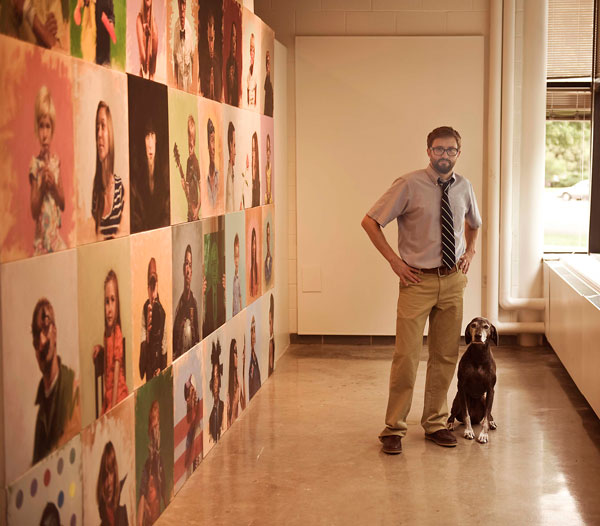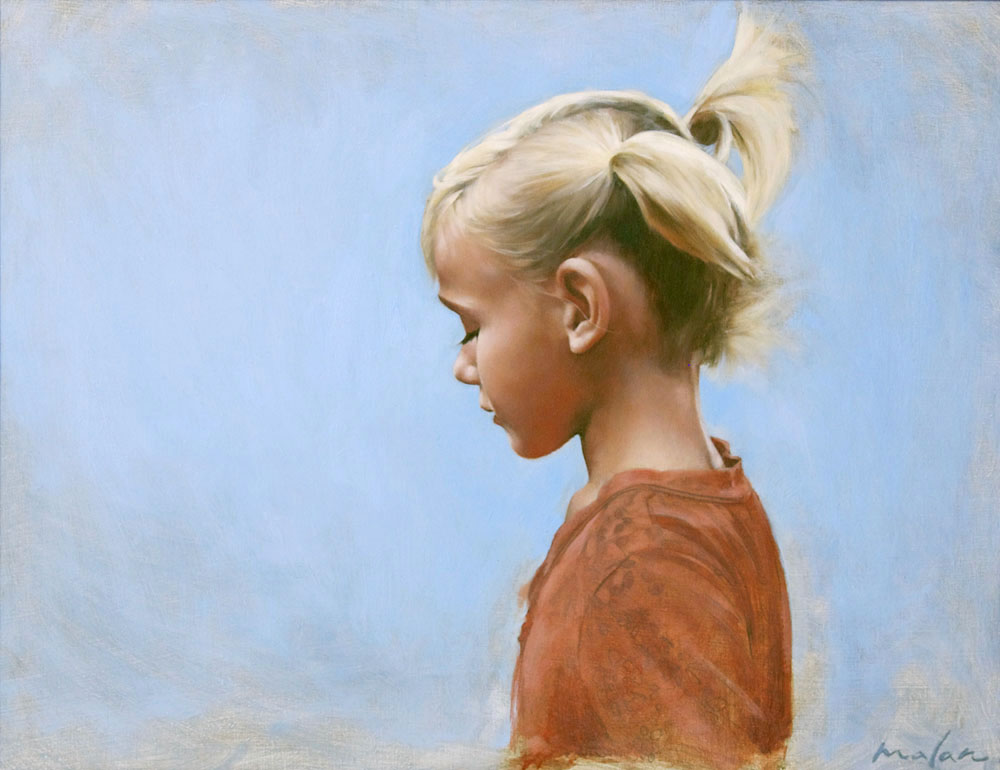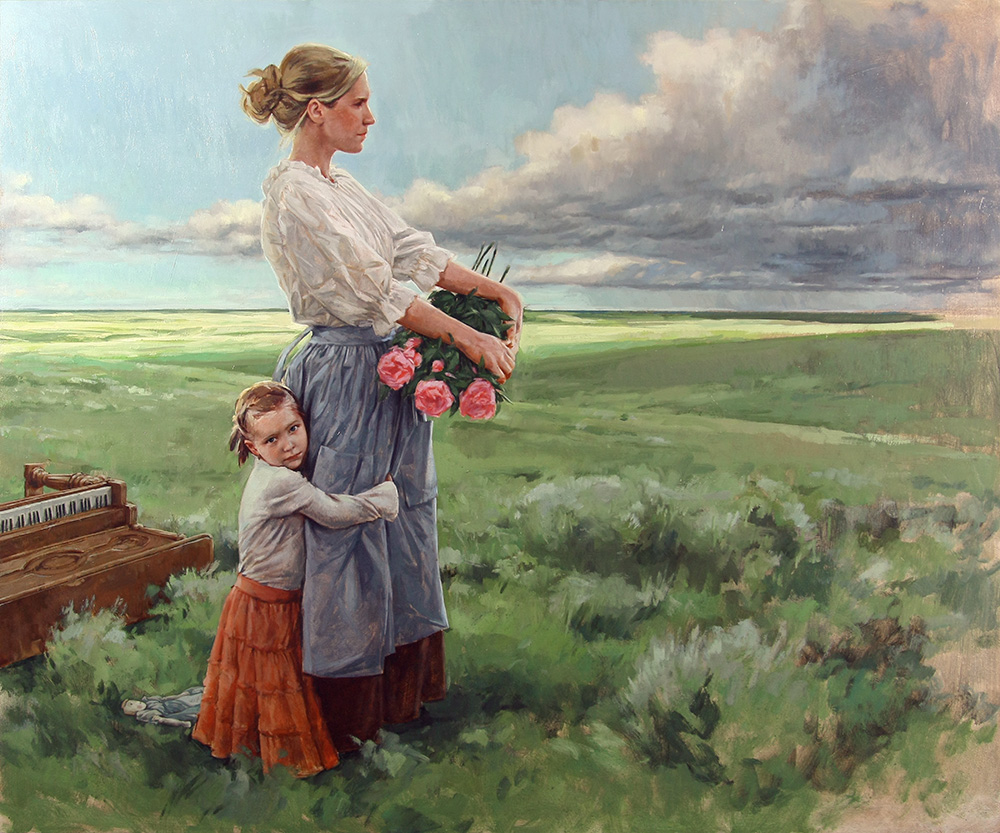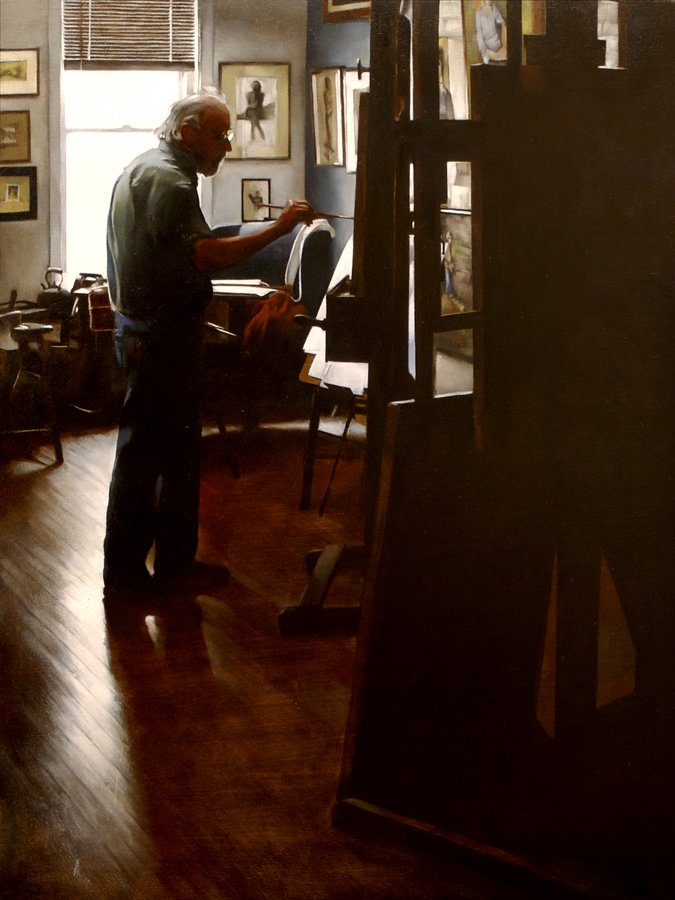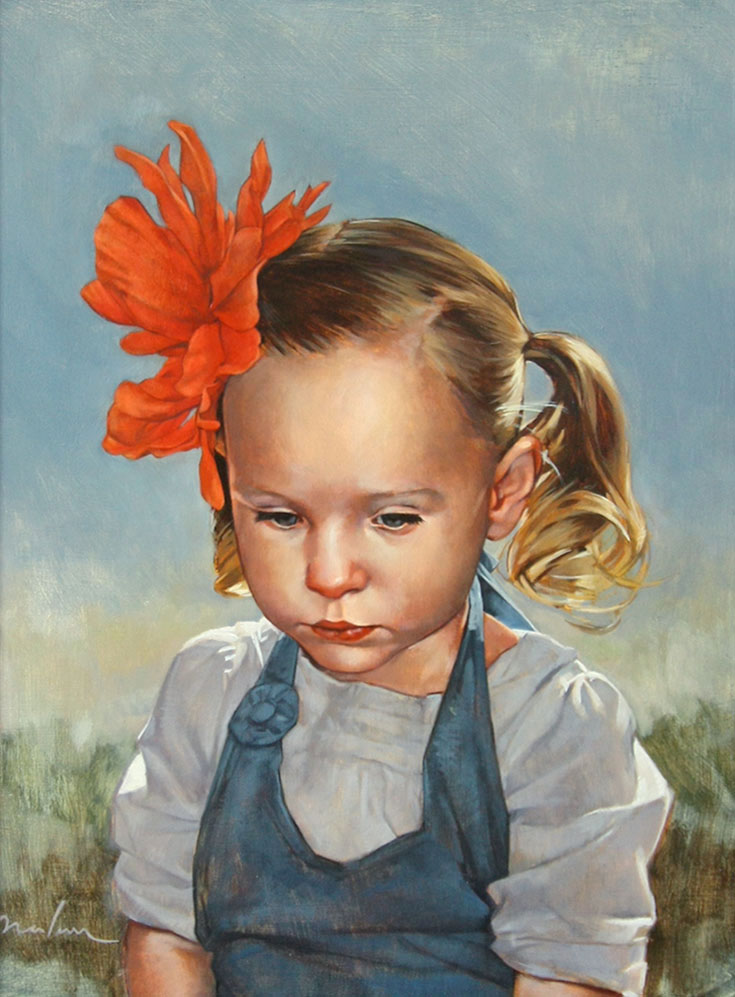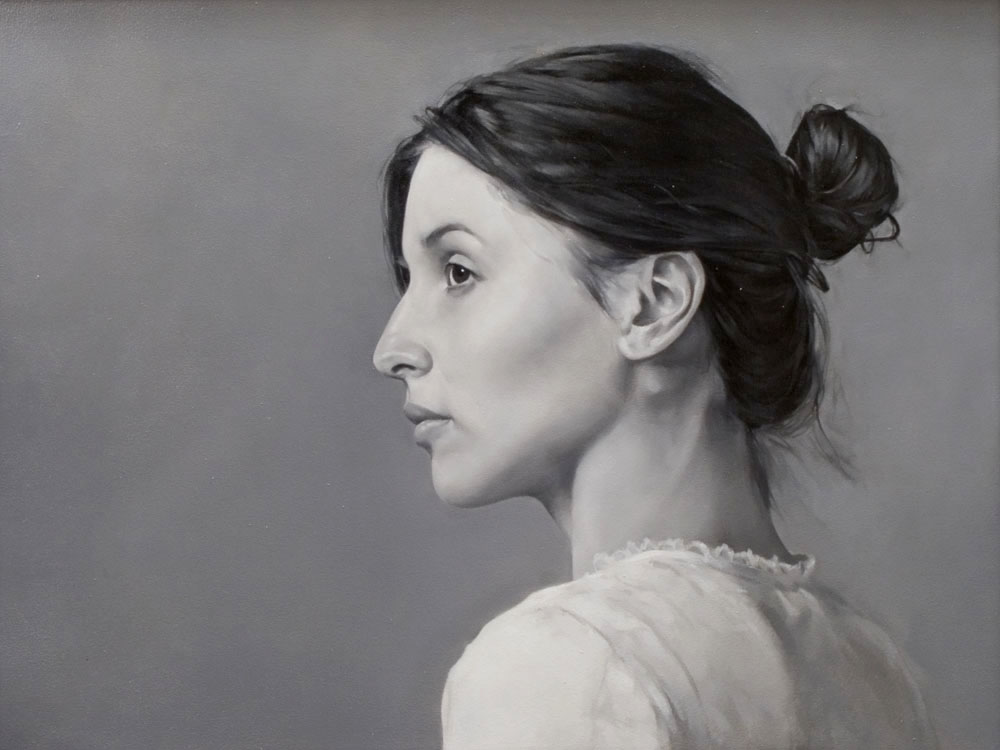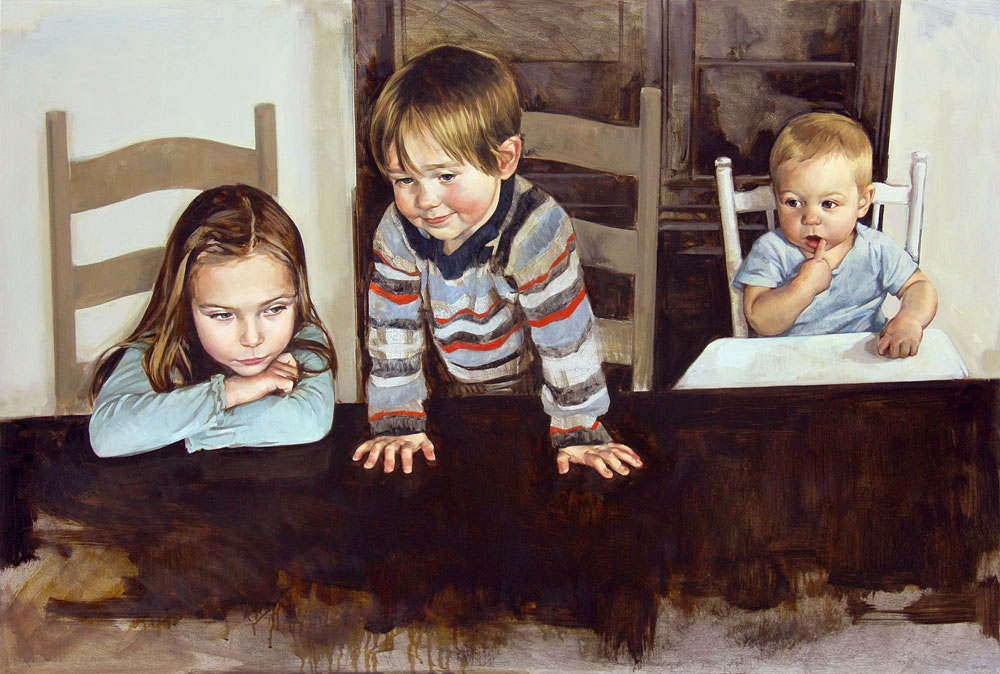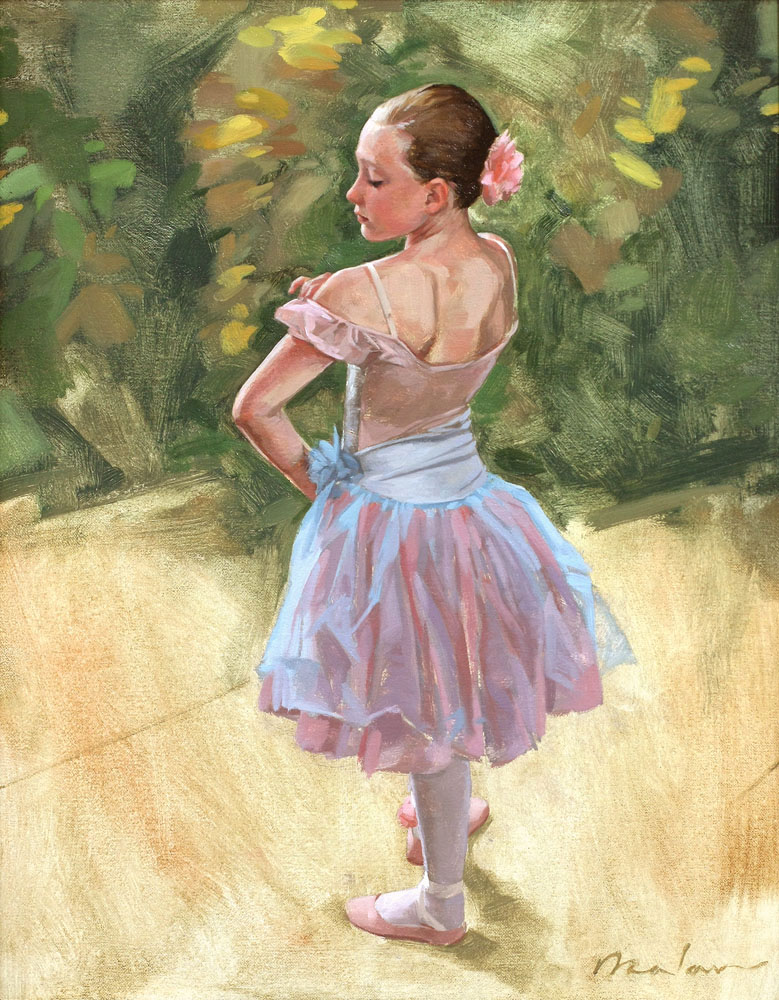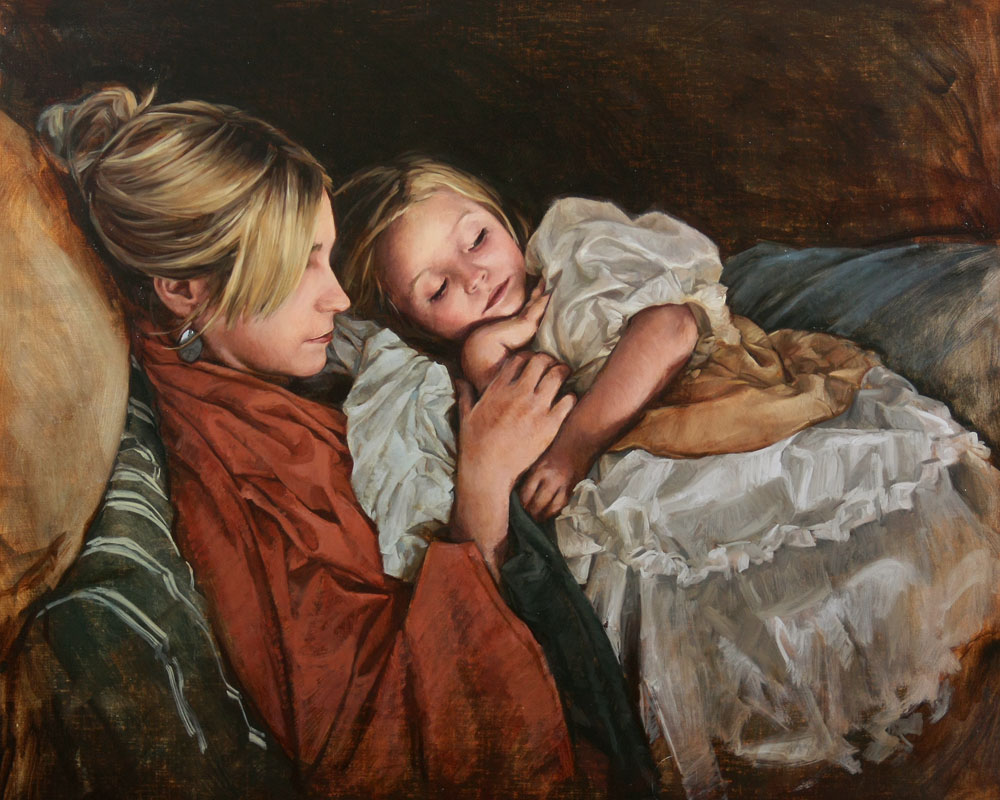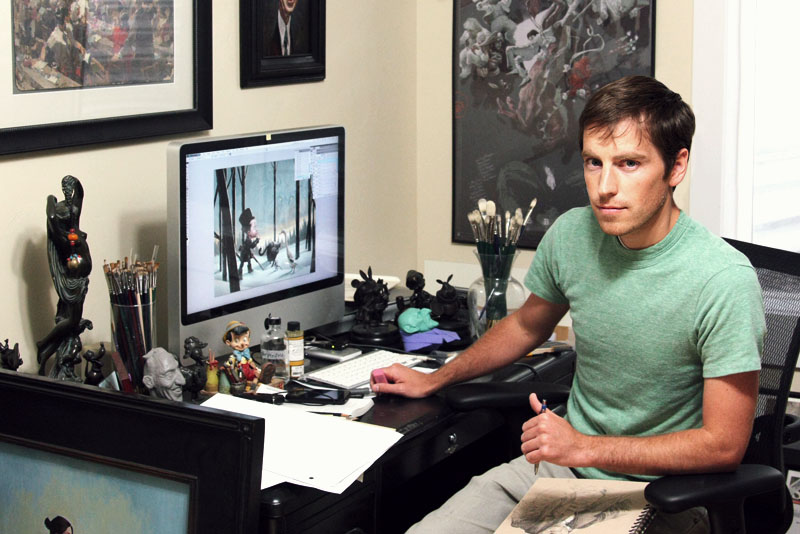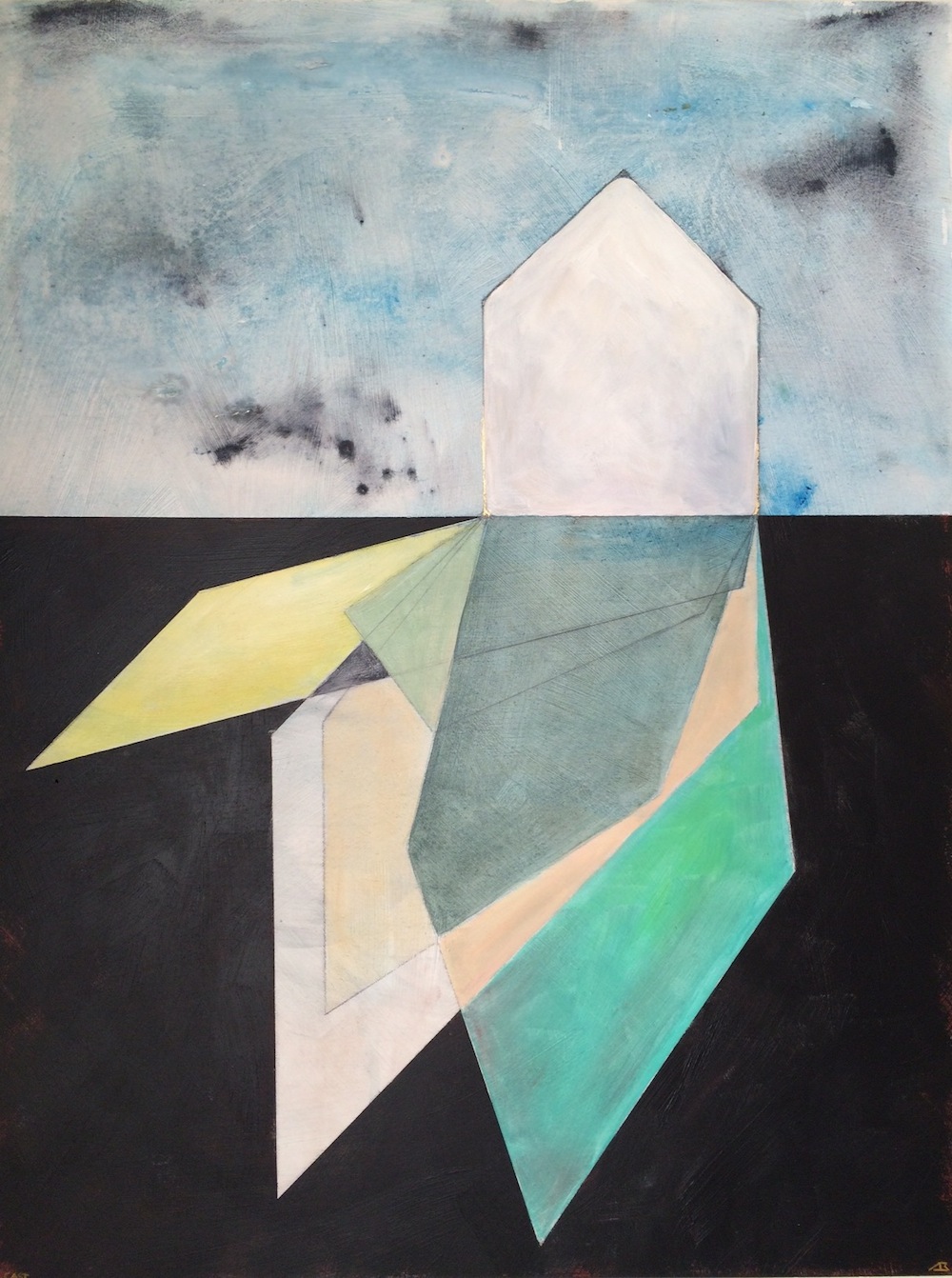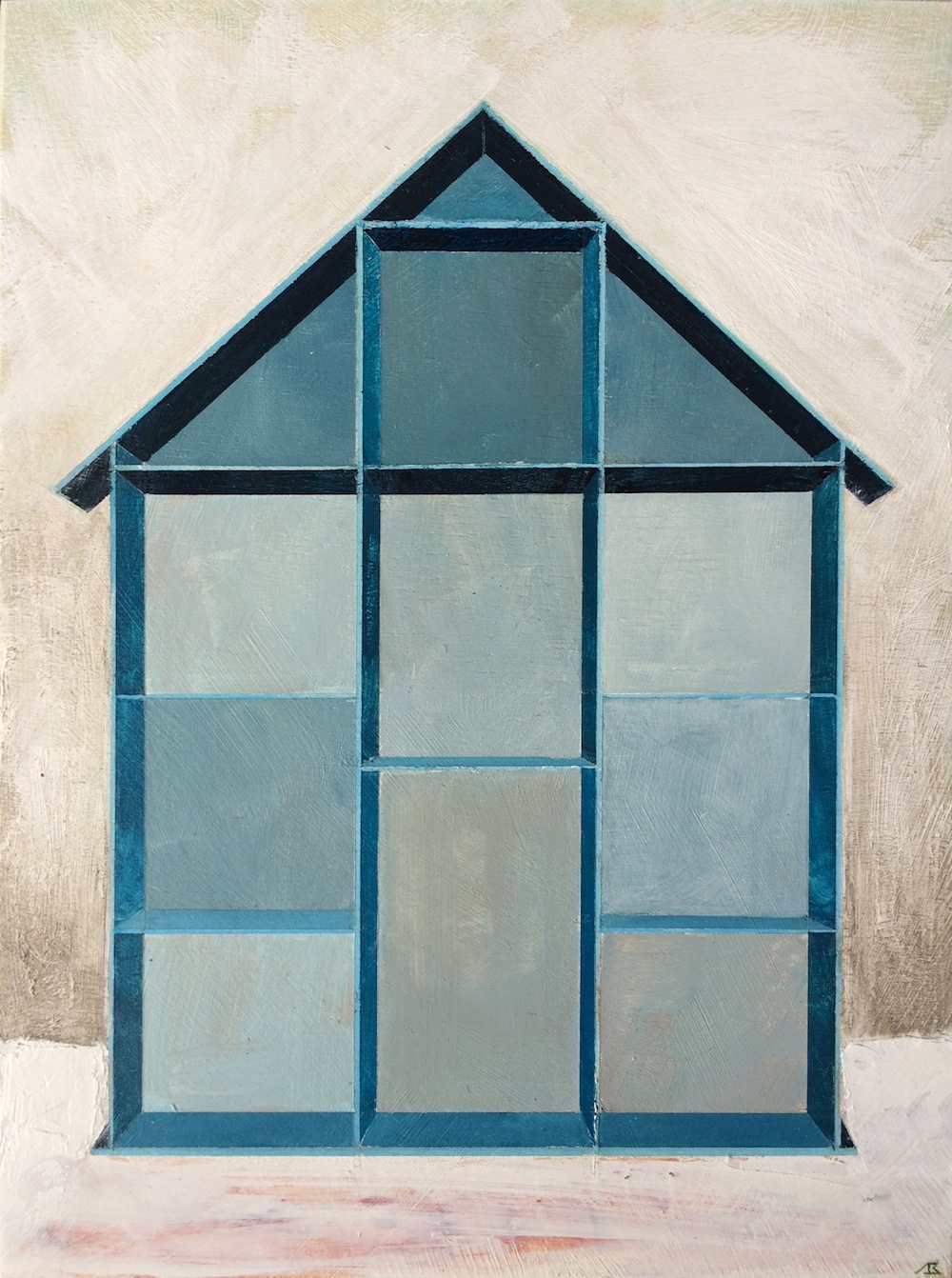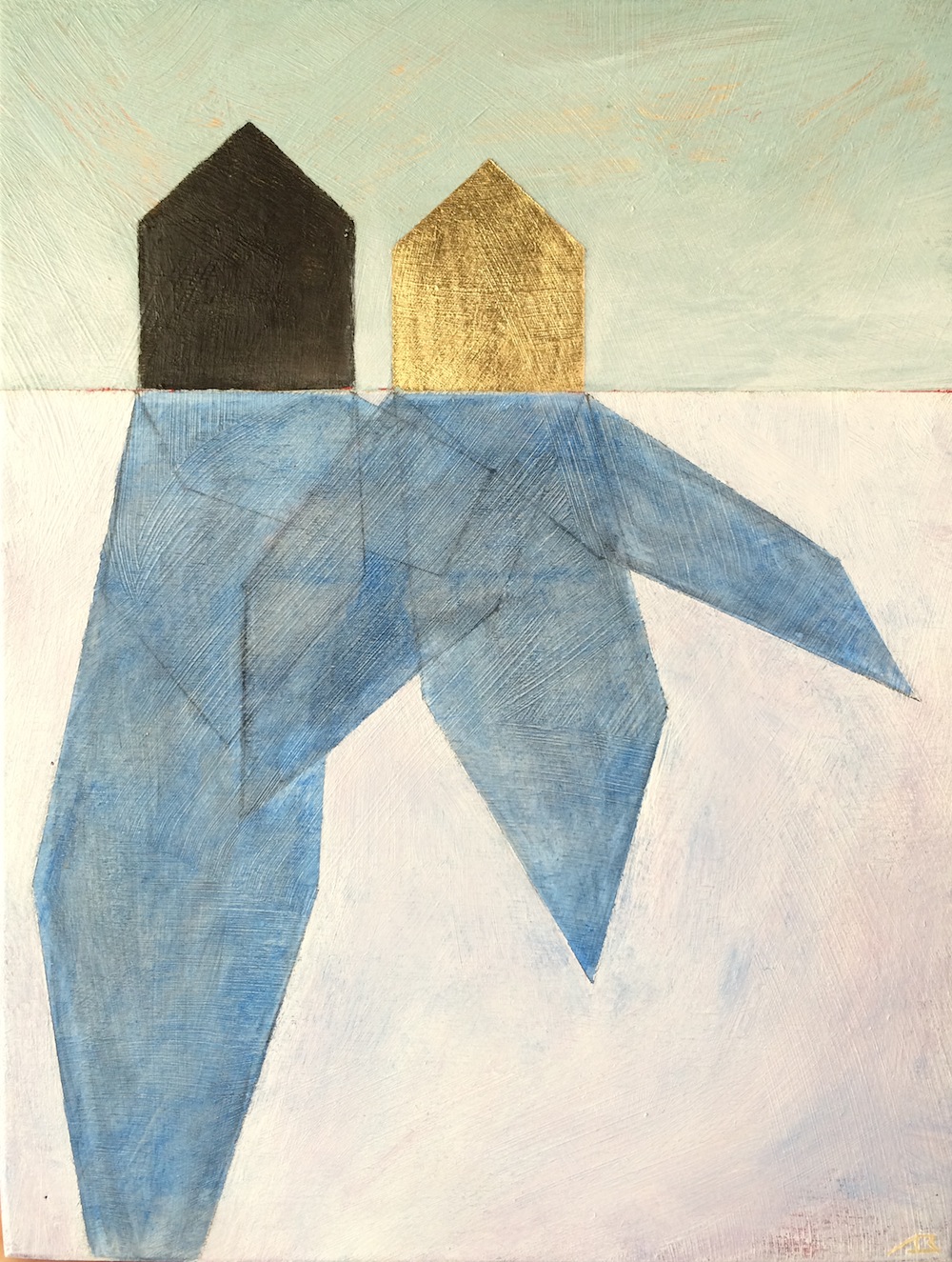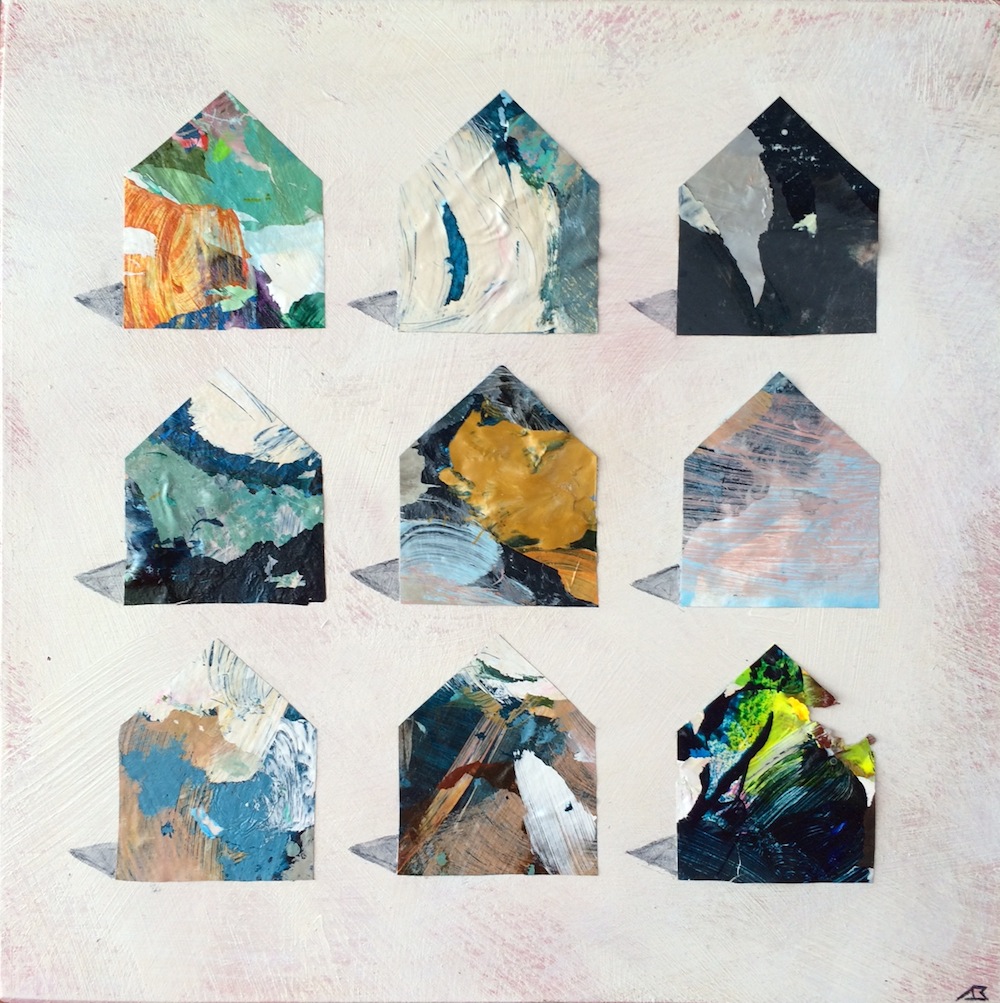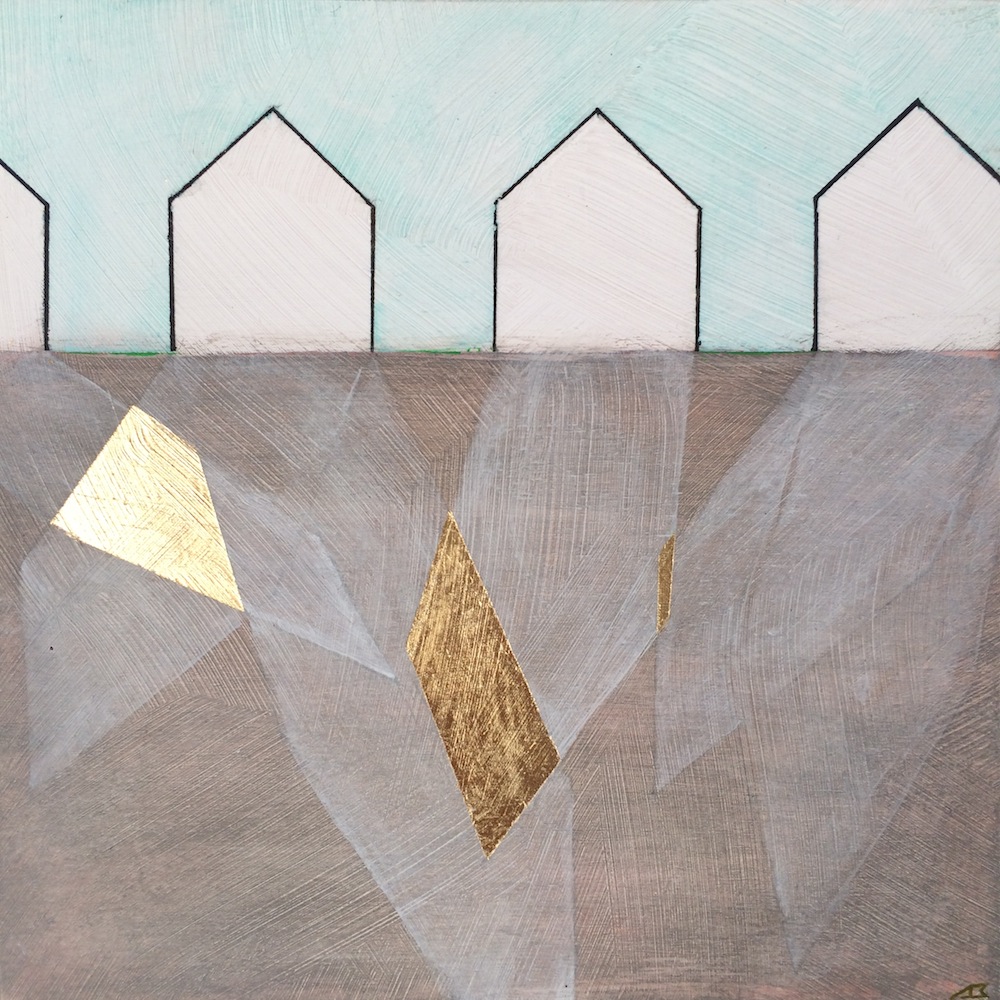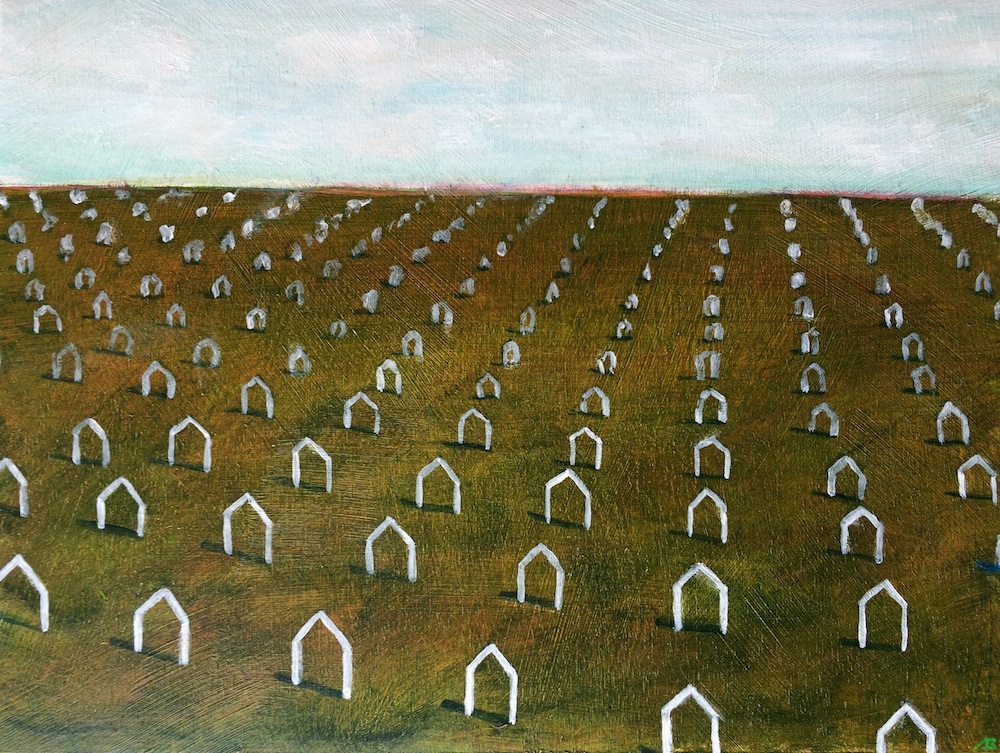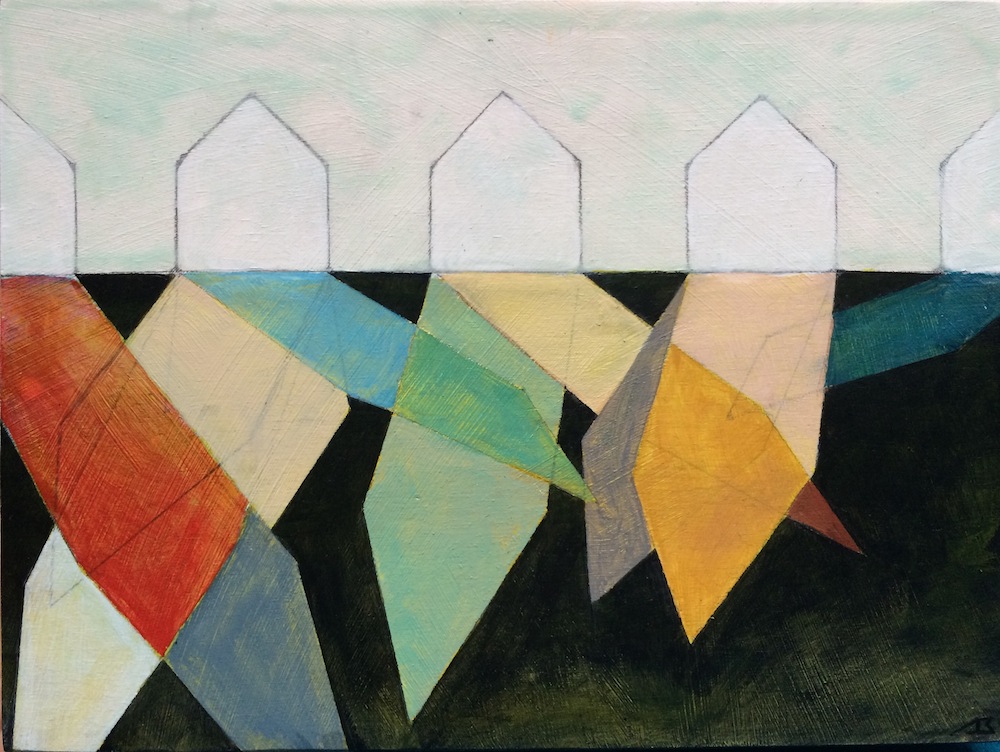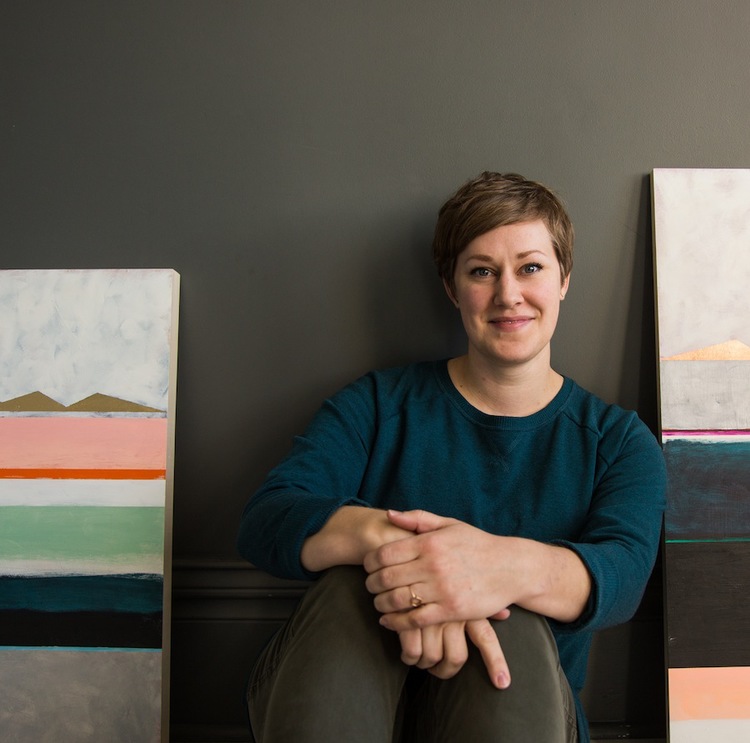Ryan Muldowney is a teacher, painter, and creator and is currently an assistant professor of studio arts. Muldowney received a BFA from The University of the Arts in Philadelphia and an MFA from The Pennsylvania Academy of the Fine Arts. He lives in Virginia with his family and has also had works of fiction and non-fiction published. His series unraveled was profiled previously on The Krakens.
Describe yourself as an artist. I am something of an artistic omnivore. My interests in art are various and I like to allow myself the freedom to explore any and all avenues of creation in the execution of my work. As a young artist I would often hear to my chagrin that it was important to consolidate your interests and develop a characteristic style, but this never sat well with me as I was unwilling to lay aside the sometimes-incongruous battery of artistic interests that continually held my attention. To this day I have never yet been able to settle down, and every time I stumble across something new that I like, I do it over and over again, refining and experimenting until the body of work no longer holds any mystery for me and then I move on to the next thing.
You once wrote, “I seek for mastery, not of process but of understanding.” I see mastery as one of the most important ideas to which we can cling in this life. It is an all-governing principle. I seek for mastery in all aspects of my life including my art. But I have unfortunately found mastering a process to be an unfulfilling shadow of true mastery. I have come to feel that possessing a superlative technique in painting or drawing or some other process is ultimately a dead-end as technical mastery only leads to the elimination of possible outcomes. I prefer to work inexpertly and with uncertainty so that by my struggle I may gain understanding of the intrinsic qualities of new tools and new materials, and by my experiments I create little worlds of possibility that are new to me and that allow me to understand a little more and see a little further into the darkness, into the great “mystery”. Mastery of understanding can only be purchased with the coin of inquiry, and I prefer a practice that is fundamentally questioning rather than being a master of process who can do nothing but make statements.
Visit Ryan Muldowney’s website.
